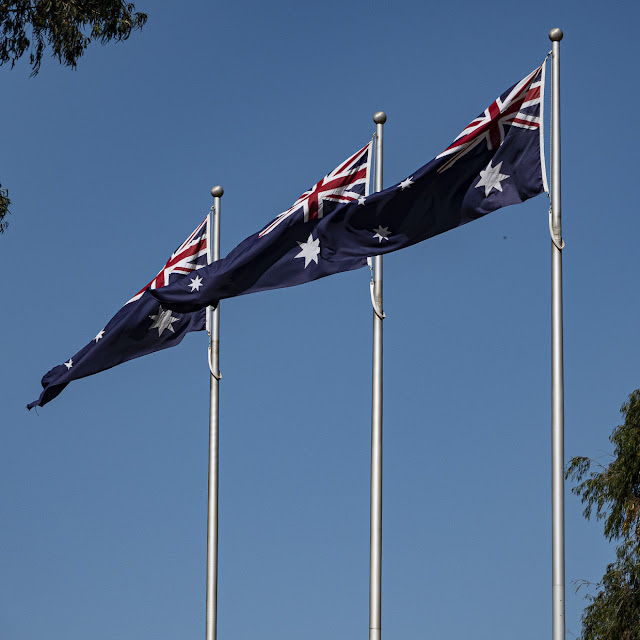Lest I Forget...
For this blog post, however, I’m focusing on Remembrance Day and my annual rite of observance. When I was a child, attending Remembrance Day services was in my family DNA. As I’ve mentioned in a previous blog post, military service was a tradition in my family, especially on my father’s side. November 11th was always observed with dignity and solemnity. As a Cub Scout and later a Boy Scout, I attended the Remembrance Day services at the Wellington War Memorial in uniform – and was proud of it. By osmosis, I came to appreciate my family’s involvement in both World Wars. In World War One, my Grandfather Tayler served in the Forestry Battalion of the Hastings and Prince Edward Regiment in northern France. In World War Two, my Uncle Mel died off the coast of Sierra Leone in a bomber crash; my father served in the Hastings and Prince Edward Regiment, performing duties with the Royal Canadian Mounted Police (RCMP) in Québec because a back injury prevented him from shipping overseas; my Aunt Jeanne served in the Women’s Division of the Royal Canadian Air Force (RCAF); and Uncle Homer, my mother’s brother, was a Spitfire pilot with the Royal Air Force (RAF) in England.
So each year on November 11th, the family ghosts beckon me to bundle up, no matter how miserable the weather, and get myself to the closest cenotaph to pay my respects. It’s an annual rite of gratitude.
It is not, however, an automatic or unthinking response. I have little time for the ‘My country, right or wrong’ crowd or for those who glorify war in the name of macho camaraderie. Such mindless bravado nauseates me. What I do respect, however, is the willingness of ordinary people to put their lives at risk in the service of their country. It infuriates me when military leaders use these people to bolster their own egos and careers. And it especially infuriates me when governments don’t actively support members of the armed services when they return home. Their physical and psychological suffering can be immense. They deserve better than a token pat on the back once a year.
So, when I attend a Remembrance Day service, I’m not there to glorify war or indulge in jingoism. I’m there to say ‘thank you’ to the people who stepped forward when needed, especially the precious members of my own family.
The photos:
I made the two photos above on November 11 this year at the Picton Remembrance Day service. The first features the carved name of my Uncle, Melvin Tayler, on the commemorative altar at the Picton Cenotaph. The red maple leaf is a photo I made while walking home from the service. The photos below come from a moving visit that Bill and I made to the Australian War Memorial in Canberra on March 25, 2019.
Thank you for reading this post.
Until next month, stay safe.







